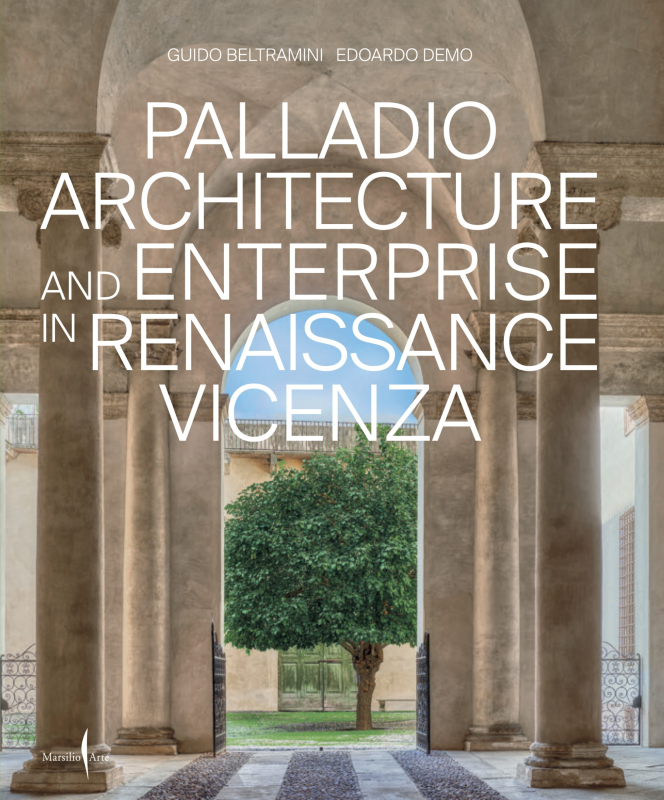Sixteenth-century Vicenza and its province was one of the most dynamic areas in Europe for the production and marketing of wool and silk. In this city at the forefront of the Venetian Republic’s rapid industrial growth, the young Palladio found fertile ground for the invention of new architecture, inspired by the lessons of ancient Rome and capable of improving the quality of people’s lives as well as changing the image of the city.
A distinctive feature of sixteenth-century Vicenza was that the city could rely on a ruling class that included some particularly well-educated members: many of them were graduates from the universities of Padua or Bologna, with a keen interest in the latest cultural developments. They were often religiously tolerant and at home in major European courts. Not only ecclesiastical or military leaders or large landowners, the Vicentine nobles were also bold entrepreneurs at the head of internationalised businesses with branches throughout Europe.
It was this cosmopolitan Vicenza that responded to and realised Palladio’s ideas based on his desire to radically change existing architecture and to introduce innovations in materials and typologies.
This book tells the story of that successful alliance between enterprise and culture.
29,00 €





